How to Add a Background Image to a Message in Outlook
How to Add a Background Image to a Message in Outlook
-
Position the cursor in the message body.
-
Select Options > Page Color from the "Themes" section.
-
Choose Fill Effects in the menu that appears.
-
Go to the Picture tab of the Fill Effects window.
-
Click Select Picture.
-
Find the image you want to use as the background for the Outlook message. In some versions of Outlook, you can choose a picture from not only your computer but also a Bing search or your OneDrive account.
-
Select the picture and then click Insert
-
Press OK on the Fill Effects window.
To remove the image, just return to step 3 and choose No Color from the pop-out menu.
Older versions of Outlook require slightly different steps. If the above doesn't work for your edition of Outlook, try this:
-
Click or tap somewhere in the body of the message.
-
Select Format > Background > Picture from the menu.
-
Use the file selection dialog box to pick an image from your computer.
-
Click OK.
If you do not want the background image to scroll, you can prevent that, too.
You must reapply these settings for each email for which you want to have a background picture.
Position the cursor in the message body.
Select Options > Page Color from the "Themes" section.
Choose Fill Effects in the menu that appears.
Go to the Picture tab of the Fill Effects window.
Click Select Picture.
Find the image you want to use as the background for the Outlook message. In some versions of Outlook, you can choose a picture from not only your computer but also a Bing search or your OneDrive account.
Select the picture and then click Insert
Press OK on the Fill Effects window.
To remove the image, just return to step 3 and choose No Color from the pop-out menu.
Older versions of Outlook require slightly different steps. If the above doesn't work for your edition of Outlook, try this:
Click or tap somewhere in the body of the message.
Select Format > Background > Picture from the menu.
Use the file selection dialog box to pick an image from your computer.
Click OK.
If you do not want the background image to scroll, you can prevent that, too.
You must reapply these settings for each email for which you want to have a background picture.
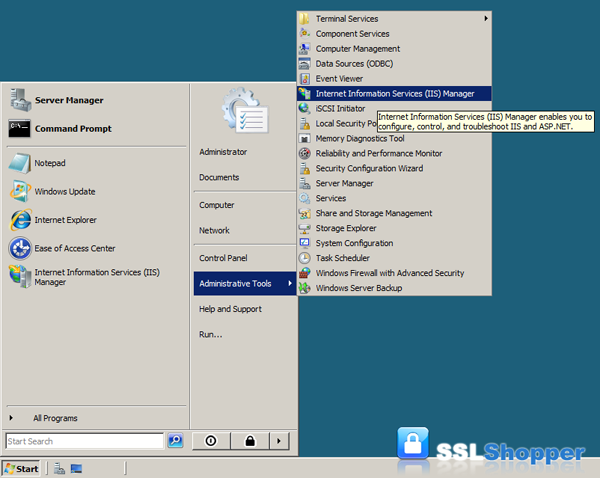
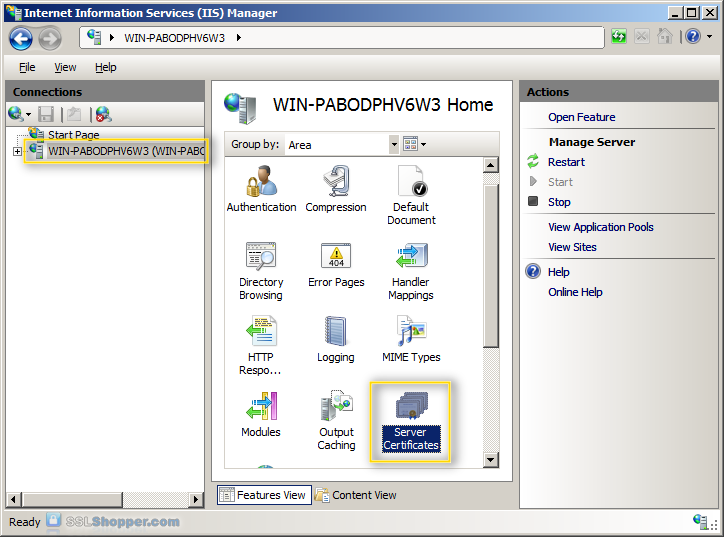
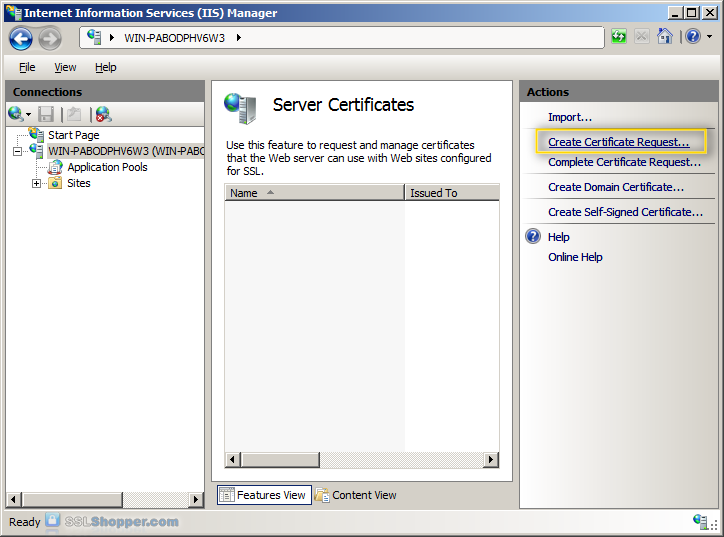
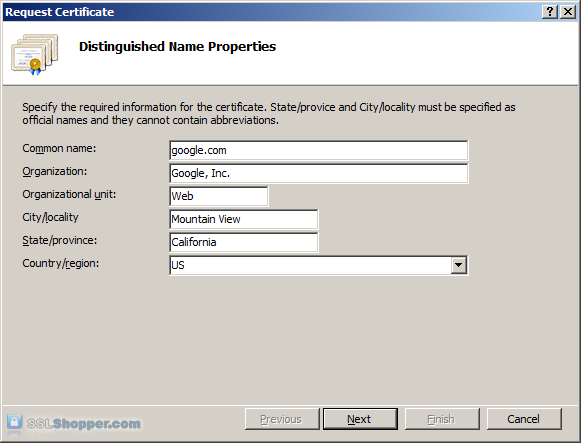
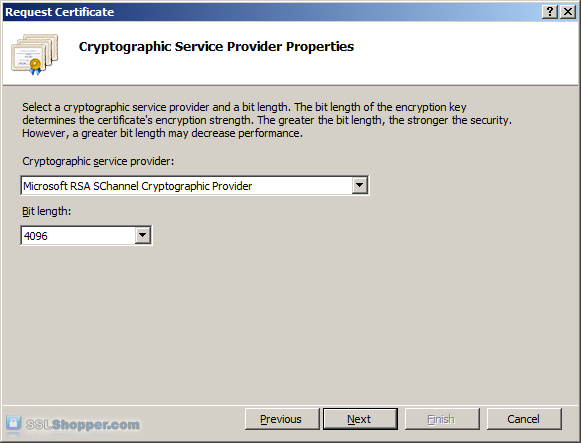
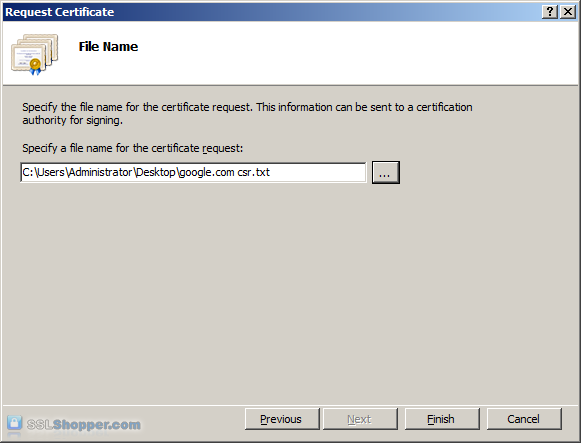
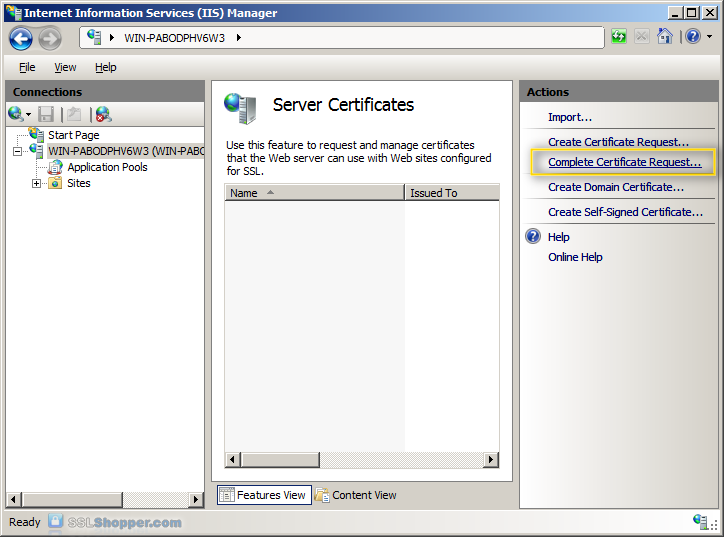
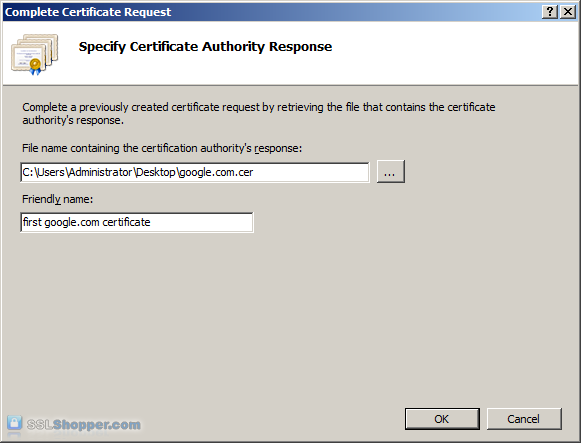
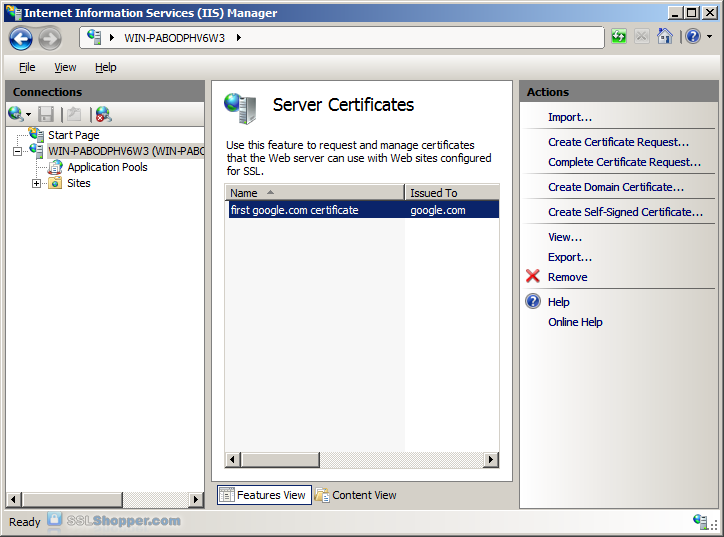
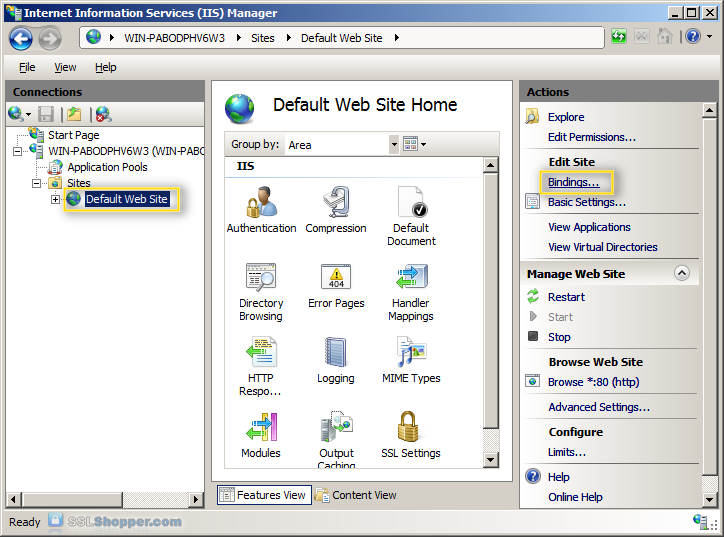
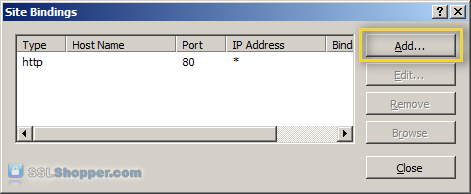
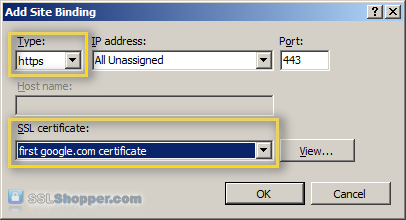
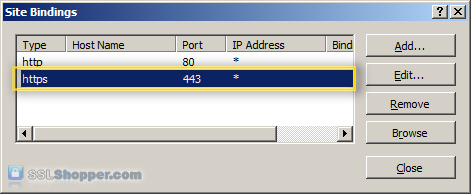
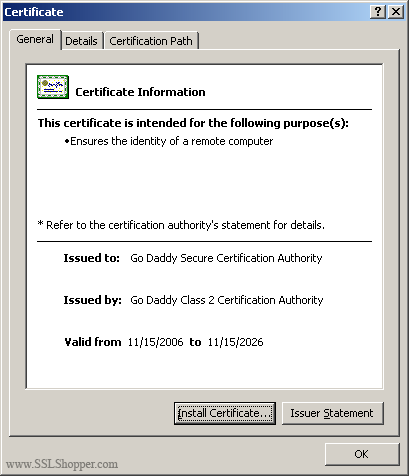
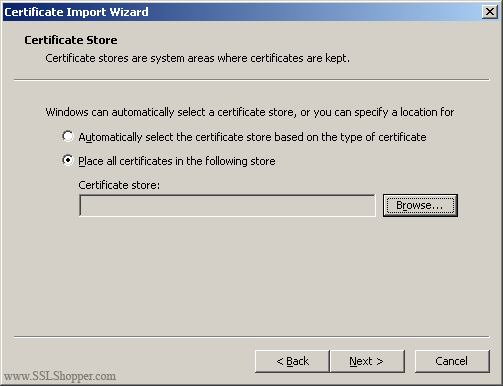
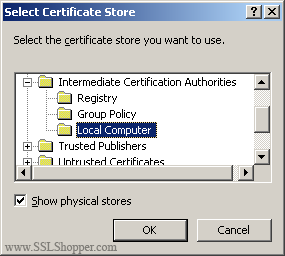


 , type
, type  If you are prompted for an administrator password or for confirmation, type the password, or provide confirmation.
If you are prompted for an administrator password or for confirmation, type the password, or provide confirmation.  , type
, type